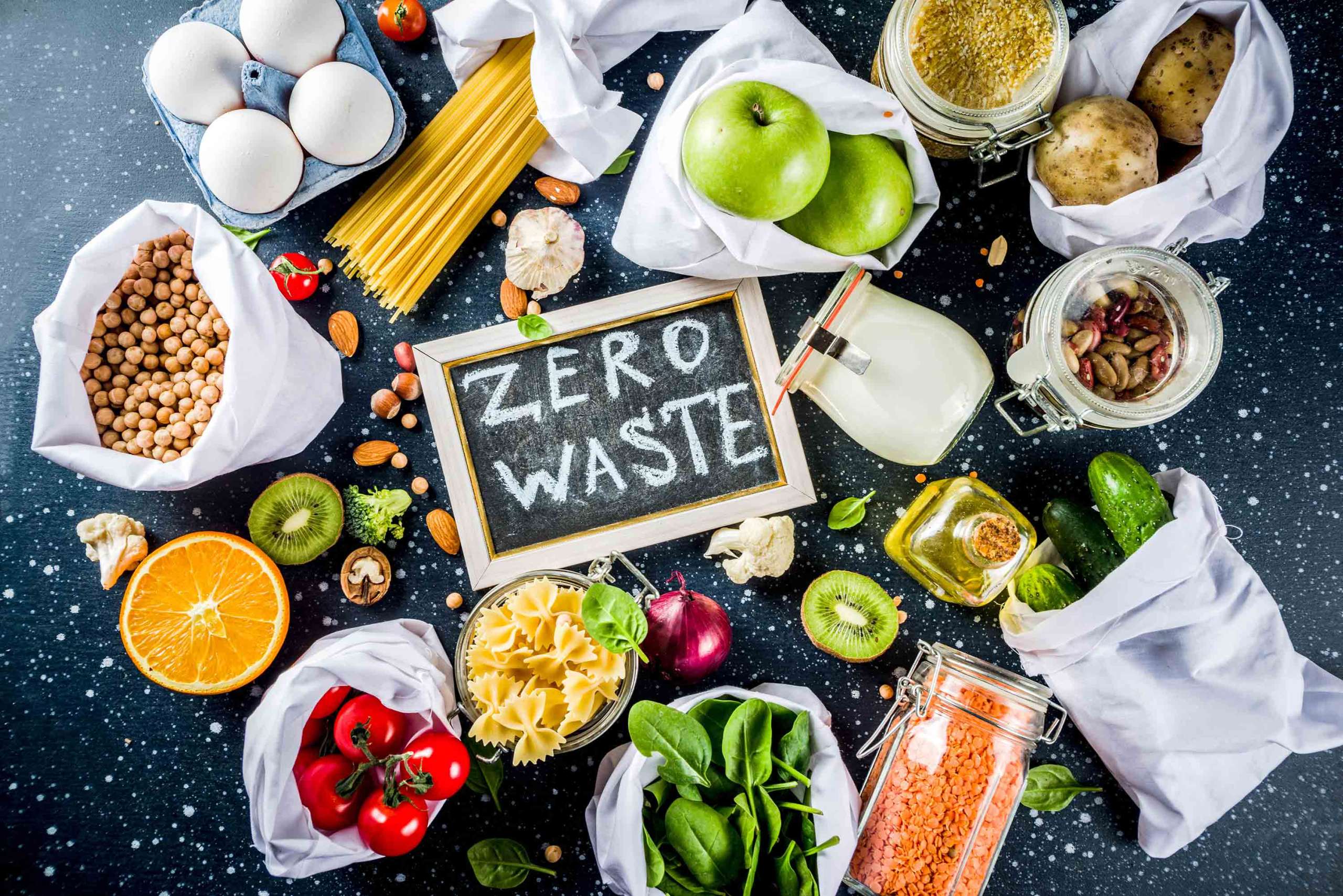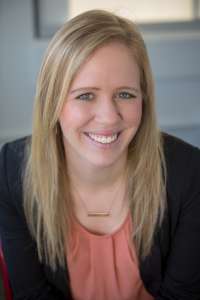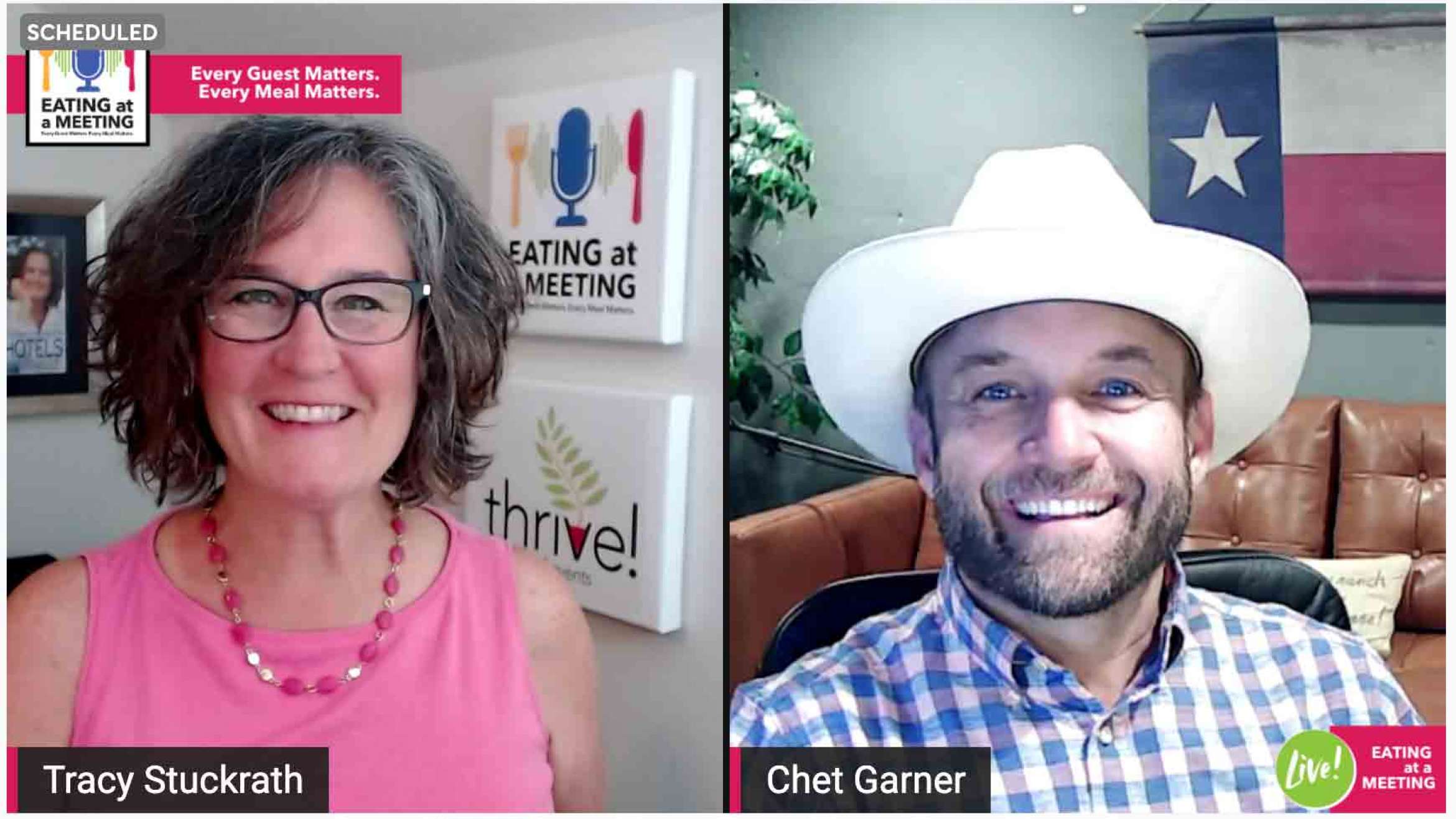Is a Zero–Food Waste Conference Possible?
Eating at a Meeting Podcast Episode #23
Creating a Sustainable, Resilient, and Inclusive Food System
Reducing food waste isn’t just about keeping food out of landfill – it’s an essential part of creating a sustainable, resilient, and inclusive food system, one that maximizes water and land resources, minimizes climate impacts, and makes the best use of the food we grow.
In this episode of Eating at a Meeting, learn how using local sourcing, whole-product utilization, and lots of effort helped Jackie Suggitt and ReFed do it.
Jackie Suggitt
Jackie Suggitt is the Stakeholder Engagement Director at ReFED, a non-profit committed to reducing the $218 Billion of food waste in the U.S. In her position, she builds and oversees ReFED’s diverse network, manages the organization’s strategic partnerships, and leads planning for the annual Food Waste Summit.
What do safe, sustainable, and inclusive food and beverage experiences look like to you?
Food fills a basic and essential physical human need – but it is also a powerful force in bringing people together. Food should create a culture and a safe space for people to find common ground and literally and figuratively “break bread” together. An inclusive and sustainable food experience should also acknowledge and celebrate the breadth and diversity of individuals that have brought that food to the table.
Do you have an example of a situation that negatively affected you and other individuals or groups’ food and beverage experience?
I haven’t had a memorably negative experience, but I have had plenty of completely unmemorable experiences – times where the power of food could have been used to really enhance that experience.
What is a best practice you use/or have seen to create safe, sustainable, and inclusive F&B experiences?
I think there is a huge opportunity to tell the story of the food we serve – where did it come from? how did it get here? how were the products used? and what are the impacts (on the environment, communities, and the economy) to get that food on your table? Most people today are generations removed from agriculture, and creating those connections back to the story of the food we eat inherently increases the value we place on that food.
What do you wish people knew about what you do?
Reducing food waste isn’t just about keeping food out of landfill – it’s an essential part of creating a sustainable, resilient and inclusive food system, one that maximizes water and land resources, minimizes climate impacts, and makes the best use of the food we grow.
Just for fun…What are your favorite food and drink?
I never get tired of enchiladas or Mexican food more broadly. Guilty (or not-so-guilty) pleasure? Double-stuffed Oreos and ice cold milk.
Links:
Connect with Jackie: Website | LinkedIn | Twitter
Check out other featured guests on the Eating at a Meeting podcast
Eating at a Meeting is part of the Nitty Grits Podcast Network.




